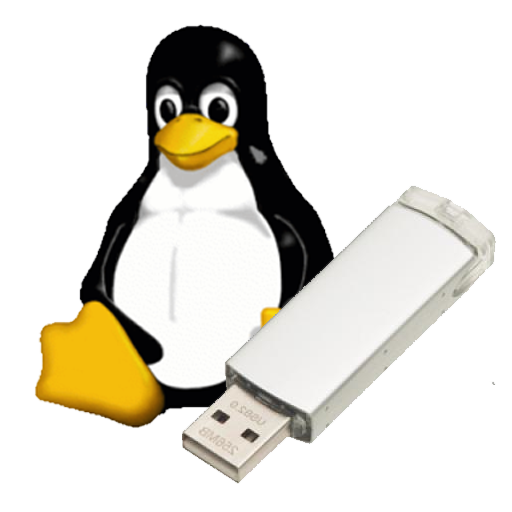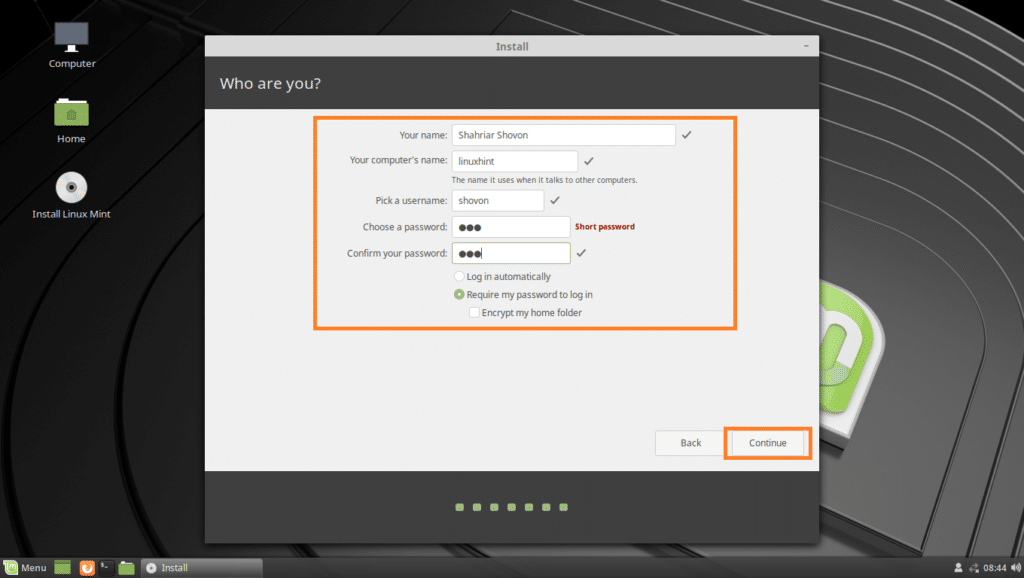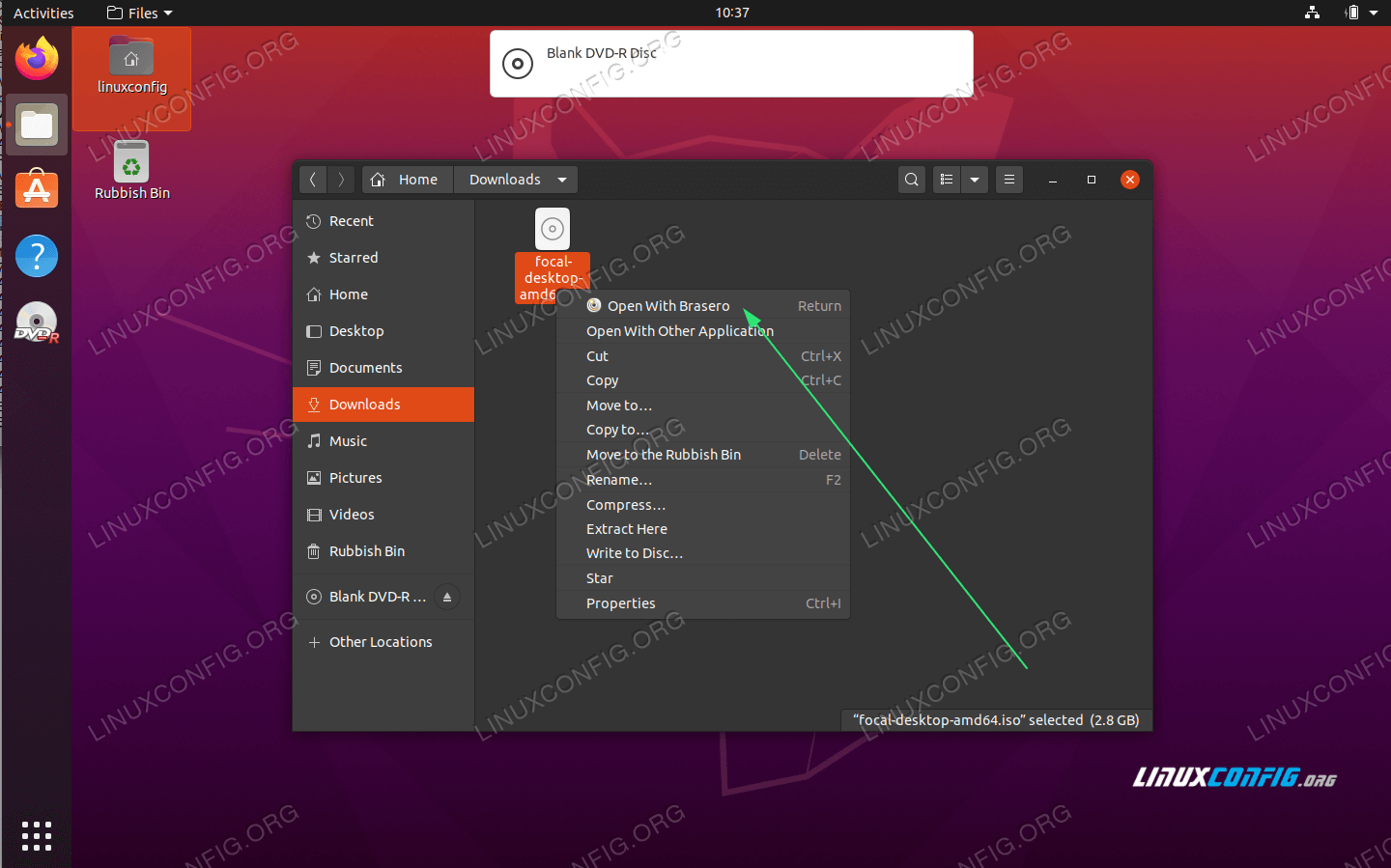

On older PCs using BIOS, press 'tab' instead of 'e.'įirst, make a complete backup of your Windows system. Then, replace "quiet splash" with "nomodeset" and press F10 to boot. You set this to the Start Linux Mint option and press 'e' to modify the boot options. If Linux Mint freezes during boot, use the "nomodeset" boot option. Some Nvidia graphics cards don't work well with Mint's open-source driver. From here on out, you'll be running Linux Mint. For our purposes, you want to select "Start Linux Mint" from the first menu. You should see a menu giving you several choices. That done, insert your DVD or USB stick and reboot. Once you get to the BIOS or UEFI, look for a menu choice labeled "Boot," "Boot Options," or "Boot Order." If you don't see a choice with the word "boot" in it, check other menu options such as "Advanced Options," "Advanced BIOS Features," or "Other Options." Once you find this option by any name, set the boot order so that instead of booting from the hard drive first, you boot from either your DVD drive or USB drive. If you don't spot it the first time, don't worry about it. Likely candidates are a function key or the "Esc" or "Delete" keys. You can also look for a message as the machine starts up that tells which key or keys you'll need to press in order to get to the BIOS or UEFI. Google for "UEFI BIOS settings" for your PC model to find which one will work for you. How you do this varies according to the system.

Stop the boot-up process and get to your PC's UEFI or BIOS settings during the reboot. Next, you place your disc or USB stick into your PC and reboot. I've found this to be very handy, and there's always at least one live Linux stick in my laptop bag. This way, you can carry Linux and use it as a walk-around operating system for hotel, conference, and library PCs. You can store your programs and files on the stick. With persistent storage, you essentially have a computer on a USB stick. You can also set Mint up with a USB stick with persistent storage.

Over the years, I've had more problems with running Linux and installing Linux from DVDs from bad discs than all other causes combined.

Check your newly burned disc for errors if you're using a DVD. Once you've installed the burner program and have the latest Linux Mint ISO file in hand, use the burner to put the ISO image to your disc or USB stick. So, if you have a computer collecting dust in the closet that you want to get some use from, go for it. But, I might add, Linux Mint will run on pretty much any PC that hasn't turned 10 yet. You can run Linux from a DVD, but it's very slow. Unless you're using an older PC that won't boot from a USB stick, I strongly recommend using a USB flash drive for your test drive.


 0 kommentar(er)
0 kommentar(er)
